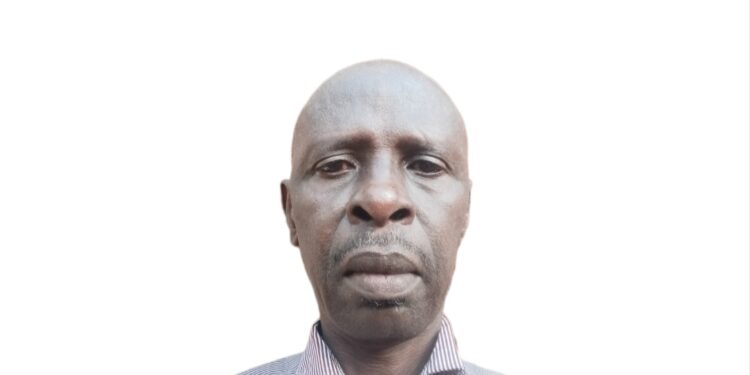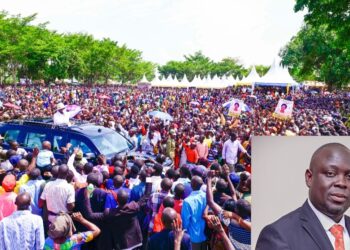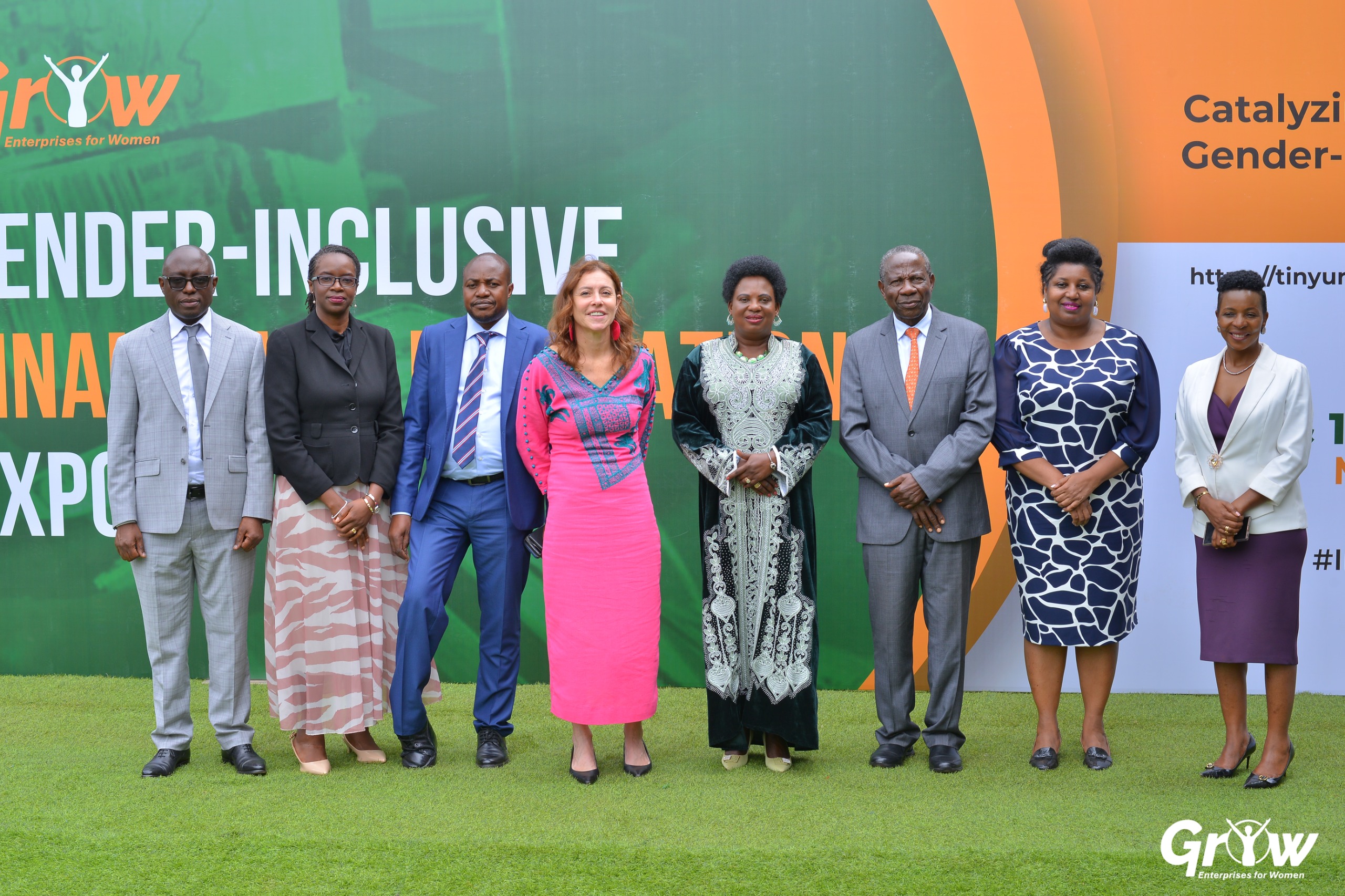A considerable number of public investments fail due to lack of sufficient public scrutiny sometimes called stakeholder engagement. This was a case with the emptiest airport in the world in Sri Lanka, which was built on many assumptions. It is also public knowledge that many government projects in many African countries are managing losses rather than making profits mainly due to the assumptions rather than facts on the ground. But this is a story for another day.
Most regional transport infrastructure projects have regional dimensions, which need constant review among partner states. It is logical to keep vigilant to avoid or minimise losses or manage losses forever by having a convenient inconvenience. The Auditor general’s list of loss making government entities provides a good reference.
This analysis presents a small opinion intended to build a realistic case for water transport in multimodal transport infrastructure development through positive criticism based on existing circumstances and experience.
The Ministry of Works has done a tremendous job by guiding the development of this mega SGR project to where it has reached. But the SGR cannot work alone. Already the Tanzanian parliament has raised a red flag on the viability of their SGR in the absence of terminal infrastructure.
Theoretically, the excitement about SGR is understood because it looks too good to be true that soon, transport costs will reduce by half and there will be fewer trucks on the road. But this is all that the public can do without analysing extenuating circumstances. To sustain this excitement and avoid planning for losses, there are a number of strategic thoughts and actions, which government planners have to put in place right from the start.
It should be emphasised that SGR is not a charity but an economically viable, profitable and self-sustaining venture or at least supposed to be. While the transport costs and number of trucks on the roads are expected to reduce, these benefits have to balance with quality of service and profits not losses. This means that the transport costs should ensure profitability not for managing losses.
Like roads, dams, ports, Railway tracks are regarded as commercially non-viable investments. The viability depends on economic usage. Although Railways is a monopoly in its own sector, it faces very stiff competition within the supply chain networks judged not only in terms of transit times but by other criteria which affect competitiveness and often lead to losses if not taken into account during planning.
Uganda is lucky if the government planners can quickly grab the opportunity and take time to learn from Kenya and Tanzania experiences in the SGR operations and with a positive mind even where they see big losses. They can even get a fair understanding of SGR, by following online reports on about its performance in Kenya since that information is not confidential.
It is not enough to look at the theoretical figures depicting the time and cost of transport by SGR. One needs to look at the entire process from a Port to the cargo owner.
Uganda is also lucky that there are four SGR connections heading to Uganda almost at the same time. These are
Mombasa – Nairobi – Naivasha – Malaba – Kampala,
Mombasa – Nairobi – Naivasha -Kisumu – Kampala,
Dar – es salaam – Mwanza – Kampala and
Tanga – Musoma – Kampala.
The majority of connections, the latter three, need modernisation of posts and transhipment by lake to Port bell or Jinja in Uganda. If Uganda manages to build another port, then the connections can increase hence offering alternative terminals to meet growing transport demands.
But there are no facilities to handle the anticipated quantities of cargo on these routes neither as ports of origin nor as destinations.
The lake connection should be taken as a blessing because as Kenya looks for funds to connect the Naivasha – Malaba section, the Dar es salaam to Mwanza – Kampala arm will be ready for operation if the terminal infrastructure and vessels are available. Under similar circumstances, the Naivasha to Kisumu – Kampala arm through Lake Victoria can also be operational while Kenya builds the final connection to Malaba.
However, for the regional SGR to have regional benefits, the regional planners need constant and closer interface to critically review the SWOT analysis on a continuous basis.
Transport by water has been the mother of transport logistics since time immemorial and Lake Victoria forms the backbone in the East African Region. Transhipment of goods from railways to ships is not new and is the norm rather than an exception in any modern multimodal transport and logistics system anywhere in the world. The goods, which come from overseas, are transhipped from railways and roads to ships, which deliver to Mombasa and Dar es Salaam. Visit some countries with the best roads and railway systems like Russia, Germany China, the US, Japan etc and you will find that they prefer water transport where available because it is actually cheaper and more efficient. Some of these countries even have artificial waterways and locks to make difficult areas navigable. Rwanda’s River Akagera navigation Project falls in this category of mind-set.
The water transport system on Lake Victoria is a viable alternative and gives Uganda a very strong competitive choice since it can also be exploited on the Northern corridor through Kisumu. The potential is infinite. Uganda could as well have chosen to build efficient water transport on Lake Victoria and pick goods from Kisumu and Mwanza to avoid or at least minimise the headaches of SGR track, locomotives, wagons etc. This is an opinion.
If Tanzania built SGR to Mutukula, Uganda would build a reciprocal connection to Kampala at a much higher cost than building ships to pick goods from Mwanza or Musoma.
This, combined with the fact that Tanzania has given Uganda the Port of Tanga, makes it imperative that the lake connection is taken seriously.
Remember that Uganda is building Ports at Bukasa and Majanji. Ports are built for ships. If the water transport system on Lake Victoria is not developed, there will be four big white elephants in the region; SGR Mwanza and Musoma and Bukasa Port plus Majanji Port. Tanzania can mitigate these losses by abandoning the Tanga – Musoma SGR but the Dar – Mwanza SGR is already over eighty percent complete at a huge cost. Is it possible that Tanzania did not consult Uganda on the intricacies of moving cargo across the lake?
A modern port at Bukasa is a white elephant unless there is a similar port in Mwanza or Musoma or Kisumu and vice versa.
In comparative technical terms, SGR requires an expensive track and its maintenance, the locomotives and wagons and their maintenance and then cargo handling equipment, marshalling yards, shunting locos and their drivers and conductors requiring much more investment and operating costs than water. In practice, the SGR is more vulnerable to losses than the marine based counterpart.
On water, you don’t need a track and its maintenance neither do you need locomotives and wagons except the ship, a port and cargo handling equipment. A cost benefit analysis will reveal that at the end, the water transport system is even much more competitive. The operators will not struggle with shunting empty wagons to take back. Water transport actually reduces congestion on both roads and railways. The problems of wagon maintenance, derailment and other perils of both roads and railways on the central corridor will be a thing of the past. This comparison is necessary to ensure that the implementers of SGR keep vigilant and plan the Railway in such a way that it does not become a laughing stock and another bleeding point on the national treasury. I don’t think the region needs more bleeding projects when they already have airlines, MGR and others yet USAID has withdrawn aid.
When purchasing ships, it is no longer advisable to build wagon ferries because there is no economic basis. As long as ports can be equipped with cargo handling equipment, containerships are the most economical and appropriate. These days there are few types of cargo that cannot be containerised. In some countries, even petroleum products are containerised.
Now that the SGR is on the outskirts of Mwanza and another arm is planned for Musoma, it is urgent to prepare for connecting to Uganda. SGR Malaba is still a plan until Kenya builds Naivasha to Malaba. The same Northern SGR to Malaba will first reach Kisumu so the Kisumu to Kampala leg can operate by water in the meantime. That means the benefits of SGR can be seen faster by the water connection than without.
So whether we like it or not, lake transport is inevitable even if the lake dried. The lake option is shorter, cheaper, more efficient and resilient both in development and operation.
Many studies have demonstrated this so one wonders why someone can reasonably conclude that the Lake Victoria Transport system, whether connecting to SGR in Mwanza or elsewhere, is not viable. Just before the concessions, Lake Transport had become the lifeline of URC. Wagon ferries were even being used to transport cargo from Jinja to Kampala.
Politically, we shall face a significant diplomatic embarrassment with Tanzania if they commission SGR in Mwanza yet cargo cannot be efficiently evacuated to Uganda.
Because it is the key destination due to its location in transit to the great lakes, Government of Uganda has to lead other partner states to start serious discussions on the Lake Transport systems before the SGR connections reach the shores. The three countries should agree on the standard infrastructure requirements at their ports so as to provide seamless traffic facilities. Each country should build container terminals at its lake ports equipped with container handling gantry cranes, reach stackers and forklifts and start building at least 2 container ships each with capacity for two hundred teus.
The Akagera navigation project may compel Kenya and Tanzania to have container terminals but Uganda too has to have the same. While the private sector can own and operate ships and container terminals, port infrastructure remains the preserve of governments due to the long returns on investment.
Alternatively, the governments can release teasers inviting private sector logistics companies to build and operate ships and operate the container terminals. The governments would retain the operation of ports and safety of navigation. Or, issue mandate letters to expert local or international project developers or financiers as was done for Bukasa Port to guide on the practical interventions to avoid post-mortem of such a good and transformative regional project as SGR. The Government can even outsource expertise from the private sector to package this intervention to save the SGR and make maximum benefit for the regional economies before we start counting losses.
If this is not done early enough, be sure the SGR on central corridor will be the first victim and this will not be a good indicator of regional integration.
All or any of the above has to move in tandem with the current SGR development plans.
The above actions require close cooperation among the three partner states, the EAC/LVBC and the private sector to avoid overlooking critical details in some countries and in time to avoid disasters. This requires regular sharing of information on what every country is doing and the timelines.
Uganda is the main destination for both corridors and efficient transit will keep the Ugandan transit competitiveness intact.
Financing these developments on the lake is very appetising to development banks. There is even financing for project preparation on grant basis and equipment purchase on concessional terms.
Whether developed to augment other transport systems, the water transport remains a strategic alternative, which can compete very favourably with the other modes. If we carefully analyse performance criteria for multimodal logistics, the water transport system on Lake Victoria compares very well with others.
From the above, it is evident that developing the water transport system is a very bankable venture and only requires conceptualisation and political blessings The World Bank has a lot of studies but why they cannot be implemented remains a question of more conjecture.
The bottom line is to actively involve the EAC/Lake Victoria basin commission to coordinate the integration of infrastructure among the partner states.
Remember mega projects like the SGR are delicate and require solid, curious and continuous technical evaluation and monitoring to ensure their viability and sustainability
Khabakha Bernard
Retired Civil servant, Marine Expert and Consultant
Tel. +256777548626
e.mail: bernard.khabakha@gmail.com
Do you have a story in your community or an opinion to share with us: Email us at editorial@watchdoguganda.com
Mashable is a global, multi-platform media and entertainment company For more queries and news contact us on this Email: info@mashablepartners.com













